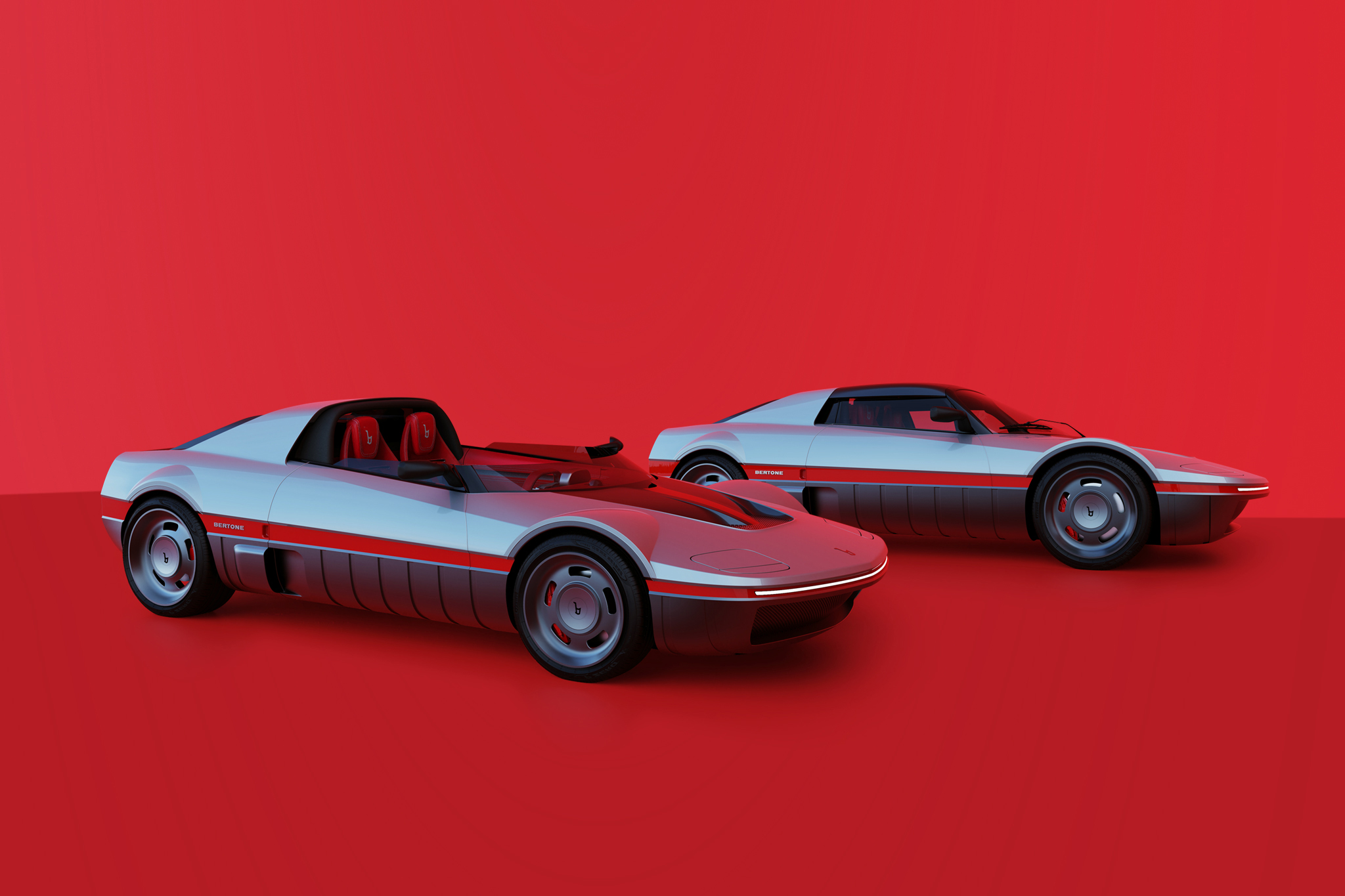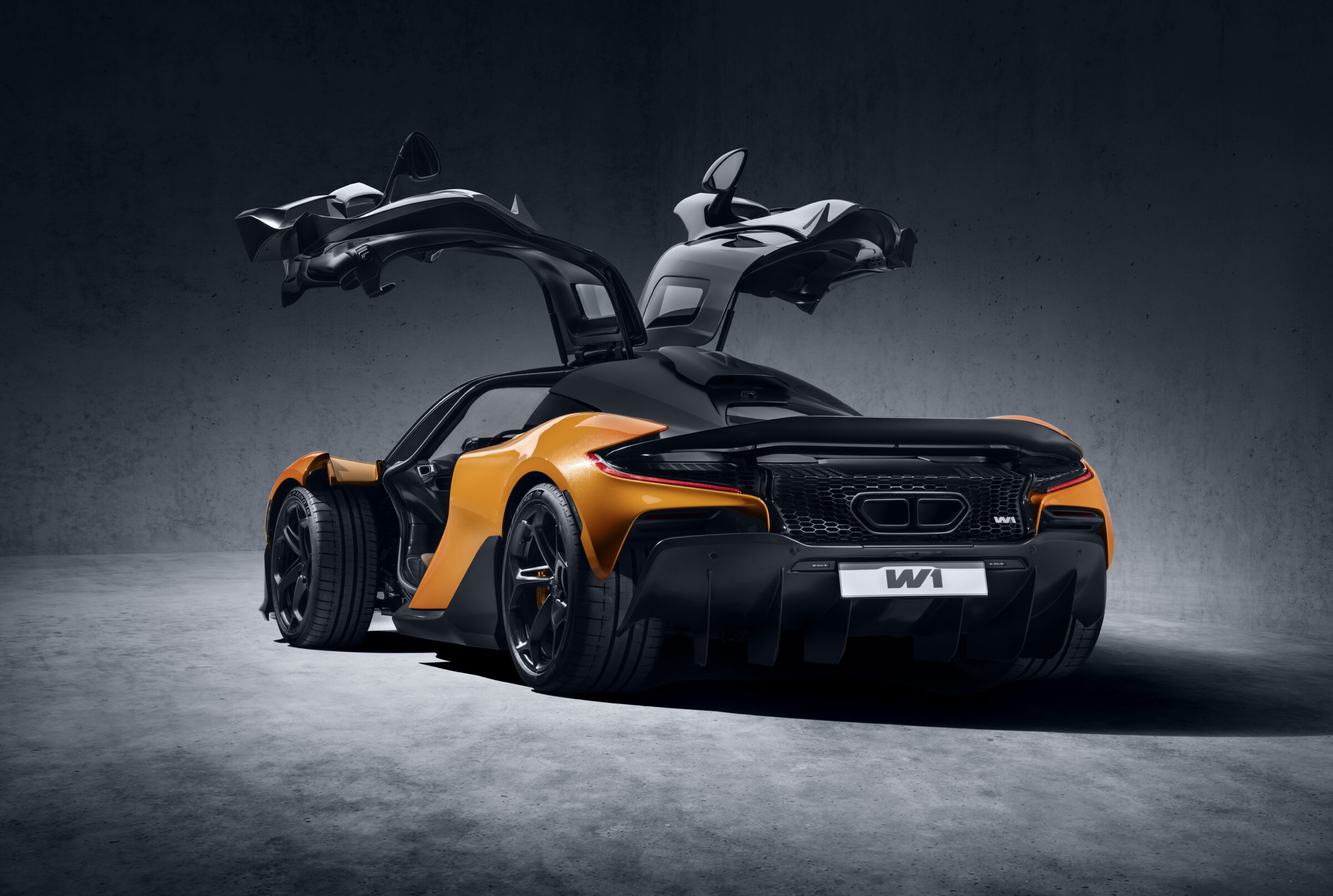60 Years of Jaguar E-Type
Much has already been written about the unveiling of the Jaguar E-Type at the 1961 Geneva Motor Show. Especially about the fact that chief test driver Norman Dewis quickly drove a second pre-production car from the factory in Coventry to Geneva overnight. The reason for this is simple and can also be understood by today’s car fans when they look at pictures of the E-Type or stand in front of one in original. Malcolm Sayer undoubtedly produced his masterpiece here. He had already laid the first foundations for it with the E1A prototype of 1957, which was technically based on the D-Type racing car. Jaguar’s chief developer William Heynes had commissioned this car from Sayer to replace both the D-Type and the road sports car XK150. Thus, the main focus was on a new road-going car, but one that could be quickly converted into a race car if needed.
Prehistory of the E-Type
With a 2.4-liter six-cylinder engine, the XP/11 C-D was to compete in the prototype class at the 1956 24 Hours of Le Mans. However, this never happened, as the car was completed but not made ready for the race in time. Instead, the British company used the D-Type for a last time and then withdrew from factory-based motorsport. The team around Sayer, Heynes and other capable minds continued to work on a new sports car anyway. In the process, the self-professed “aerodynamicist” Sayer placed a great deal of emphasis on good styling, which improved various weak points of the D-Type. Both the aluminium body and the tubular frame chassis of the E1A were created by hand. Once again, the 2.4-liter powerplant was used. In December 1958, Jaguar scrapped the one-off after a few test drives. However, Malcolm Sayer’s basic design was retained. In addition, the prototype had provided valuable insights into wheel suspension and drivetrain.
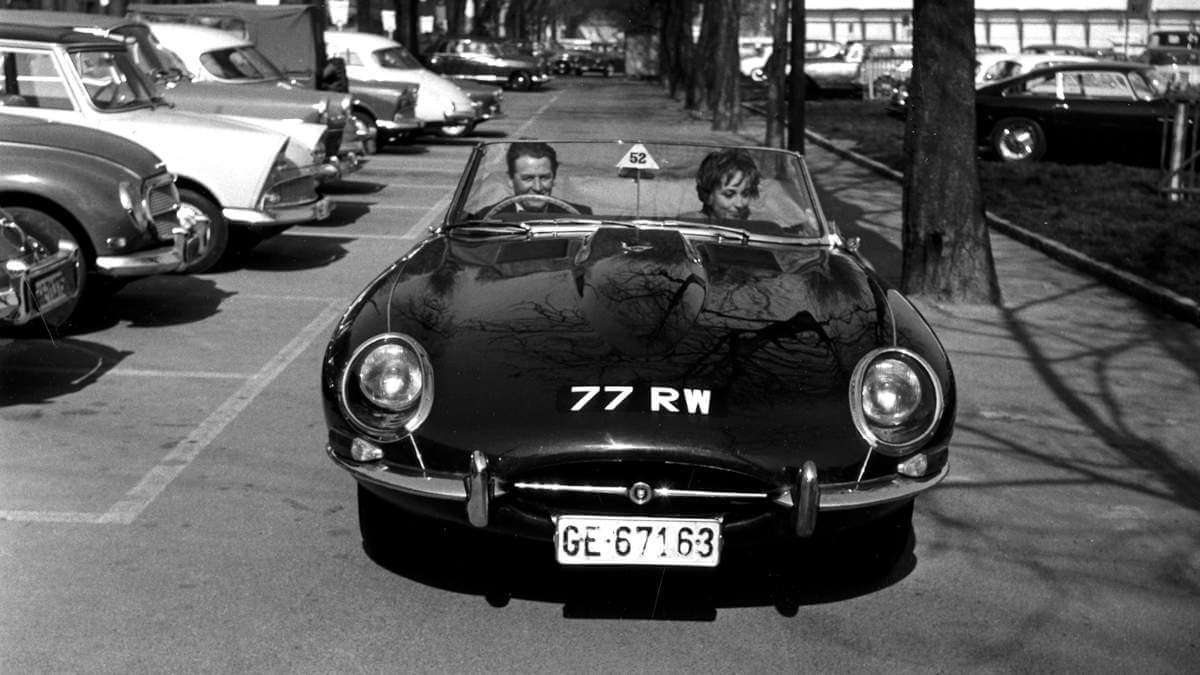

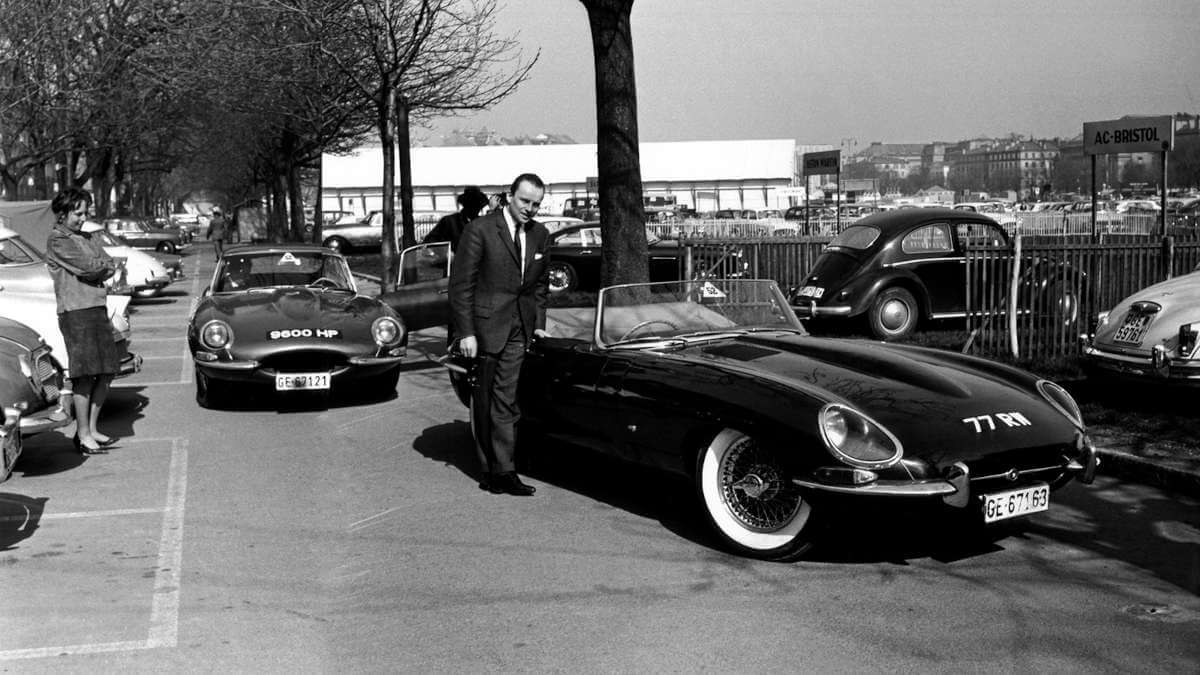

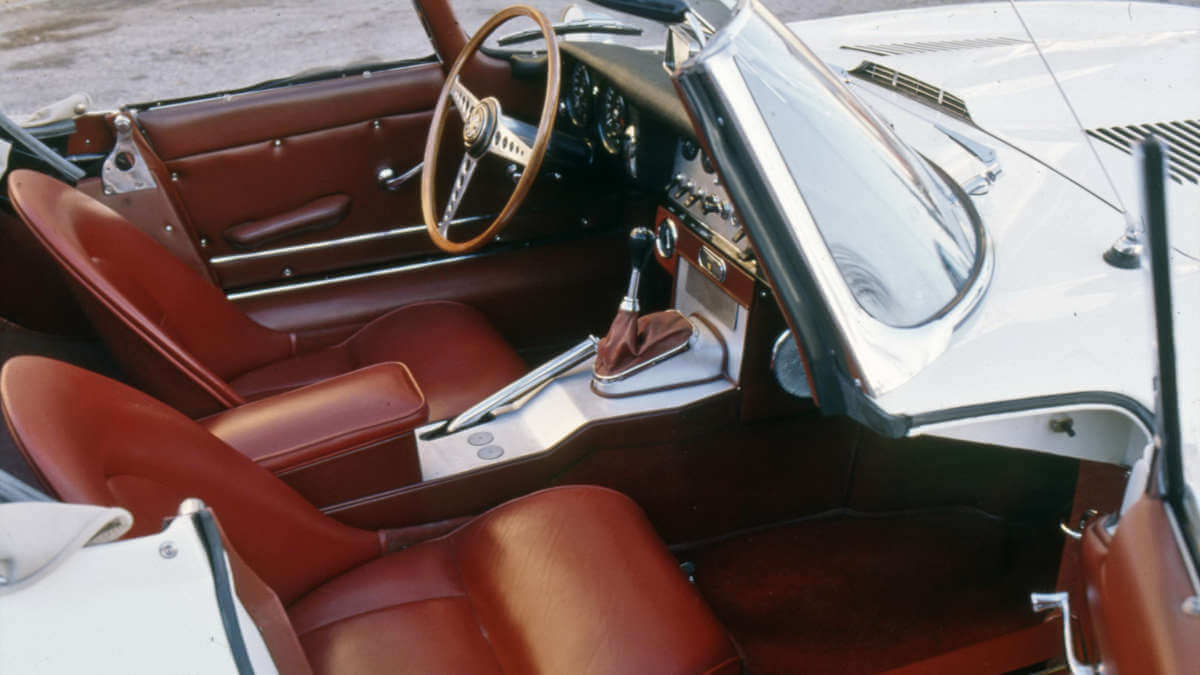

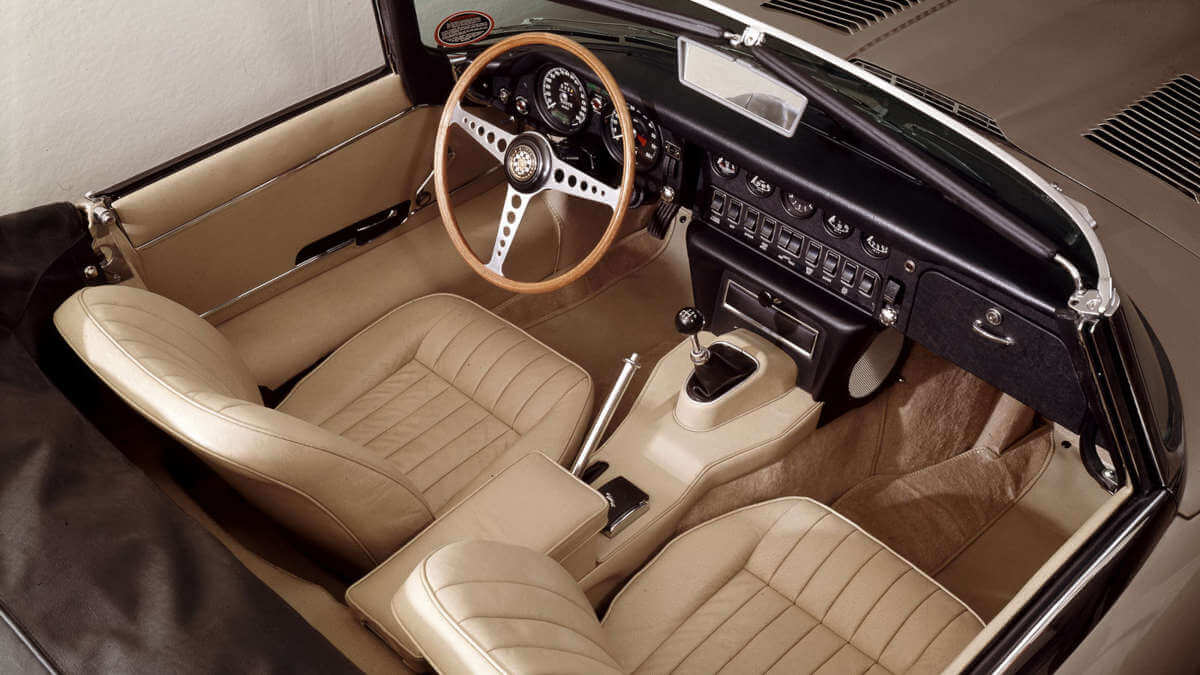

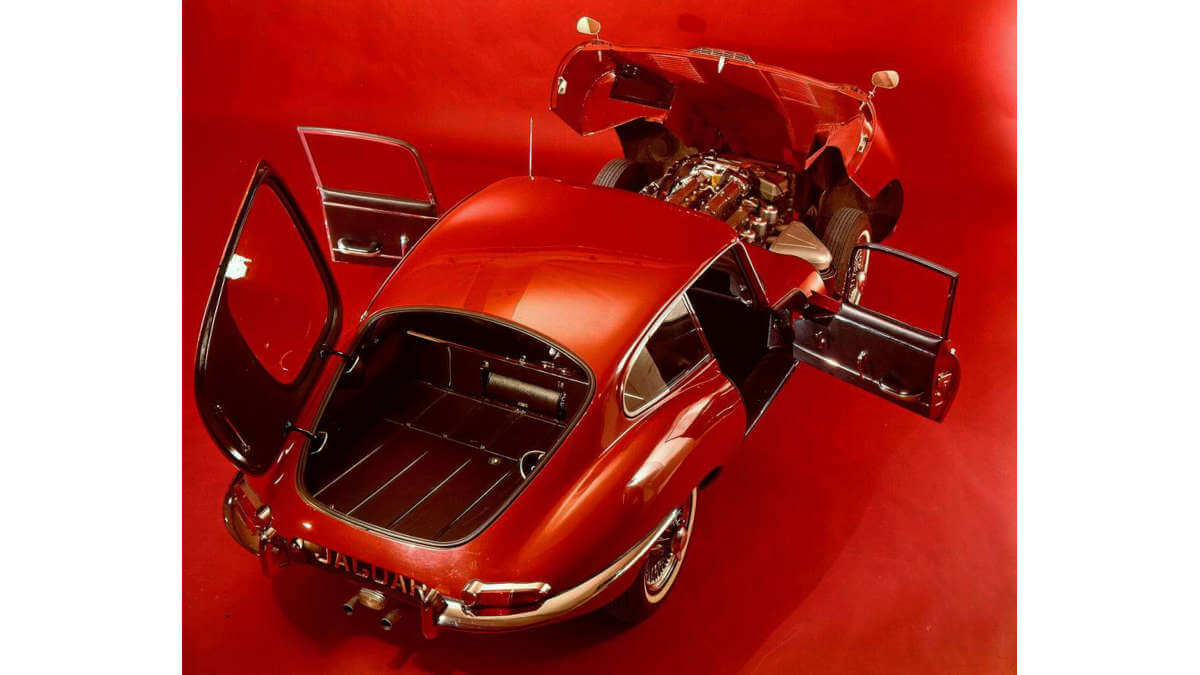

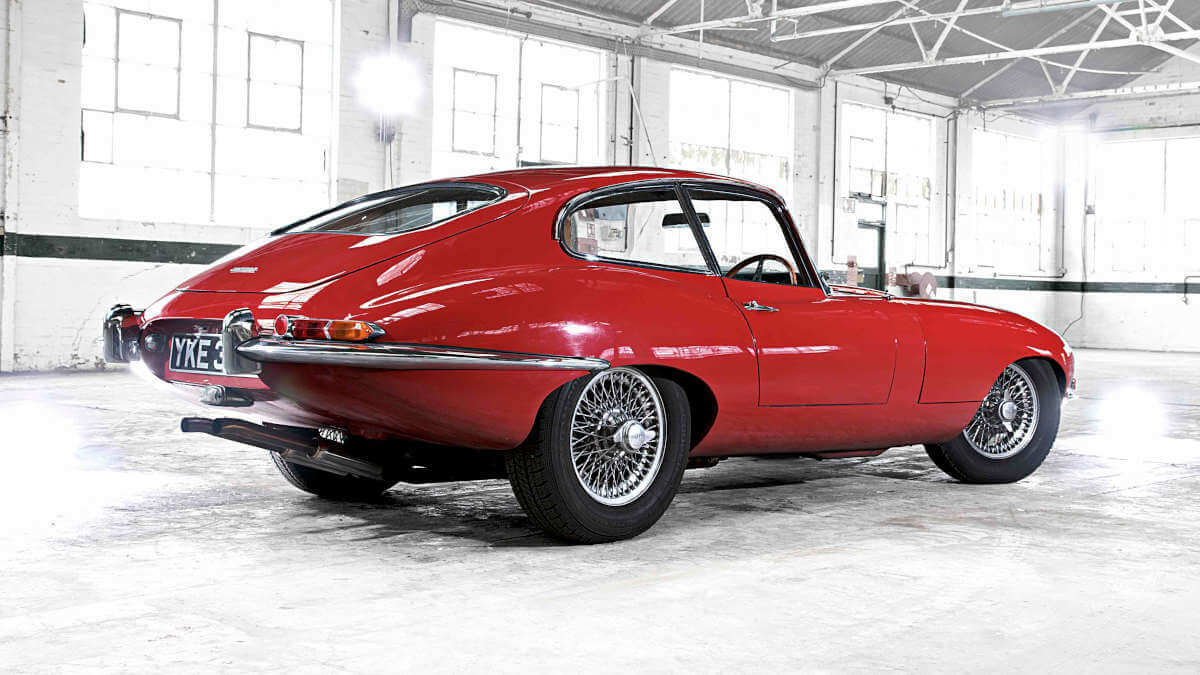

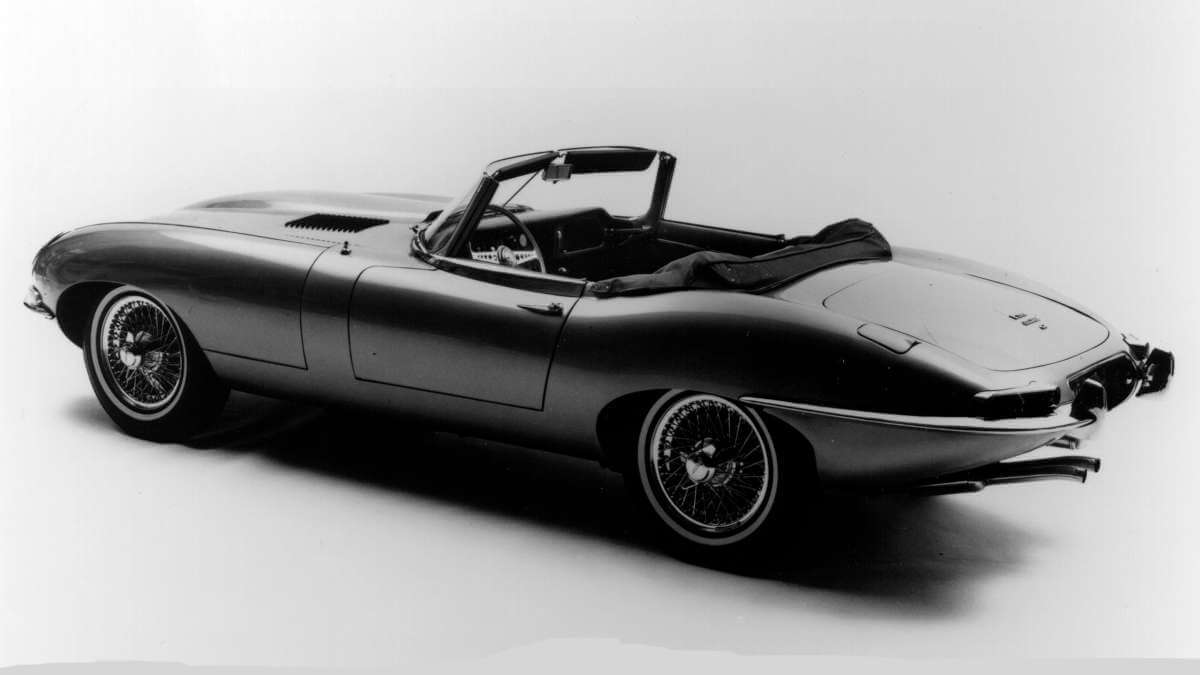

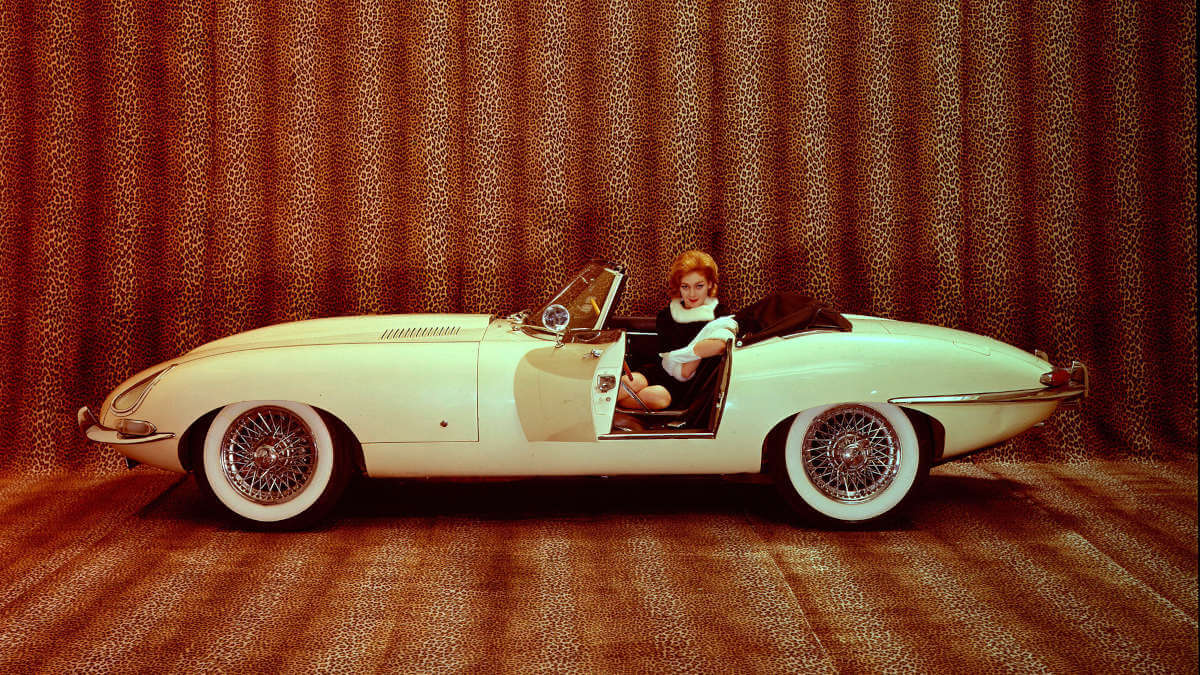

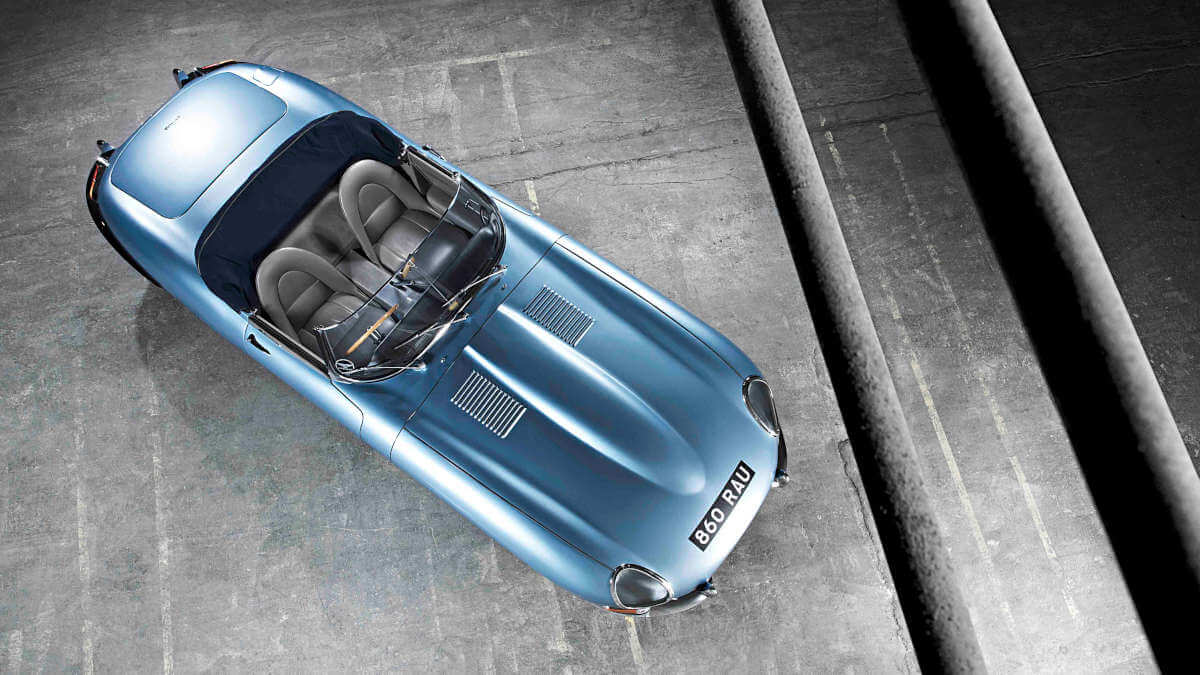

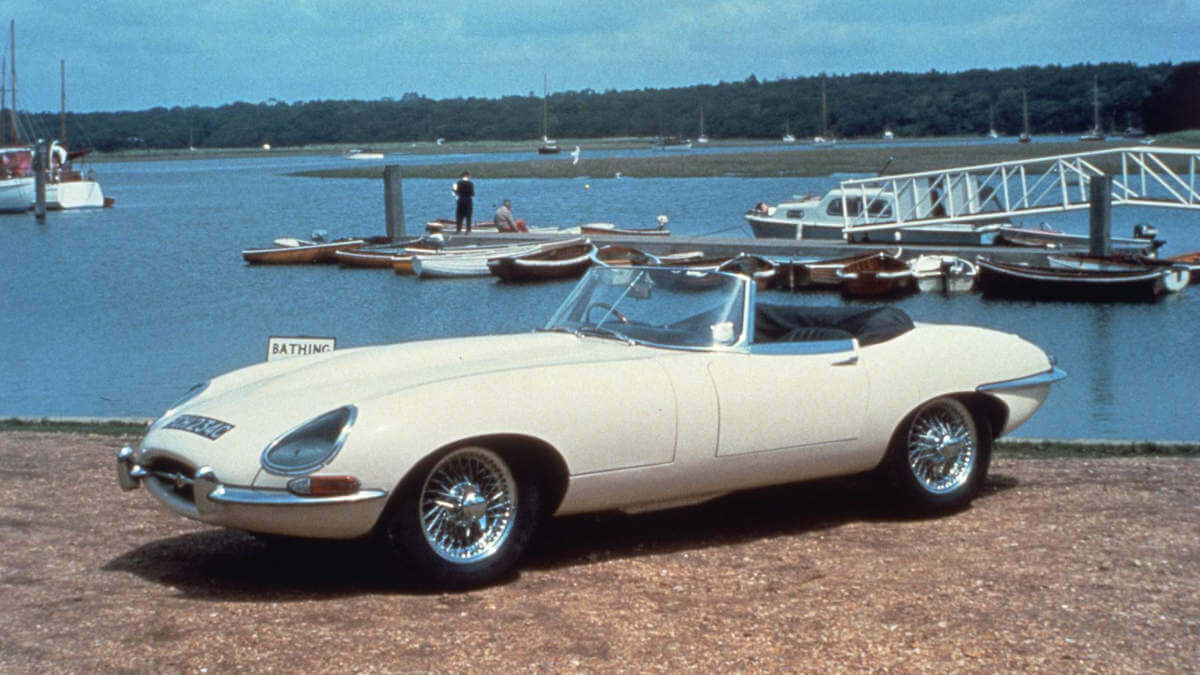

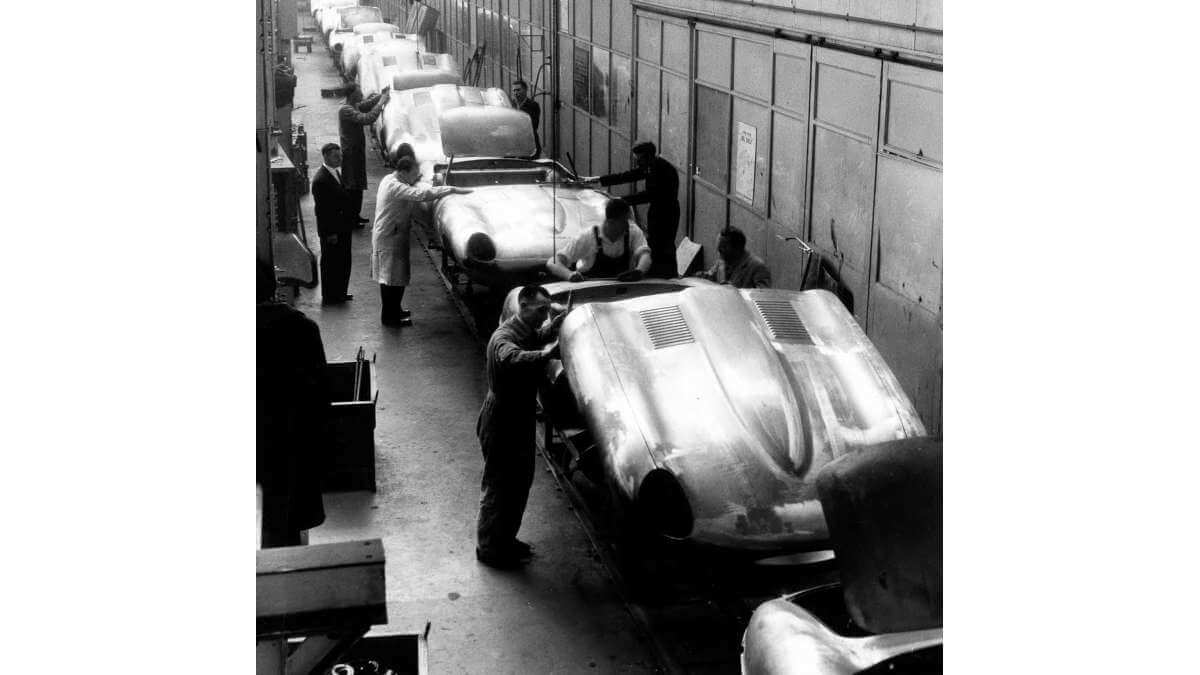

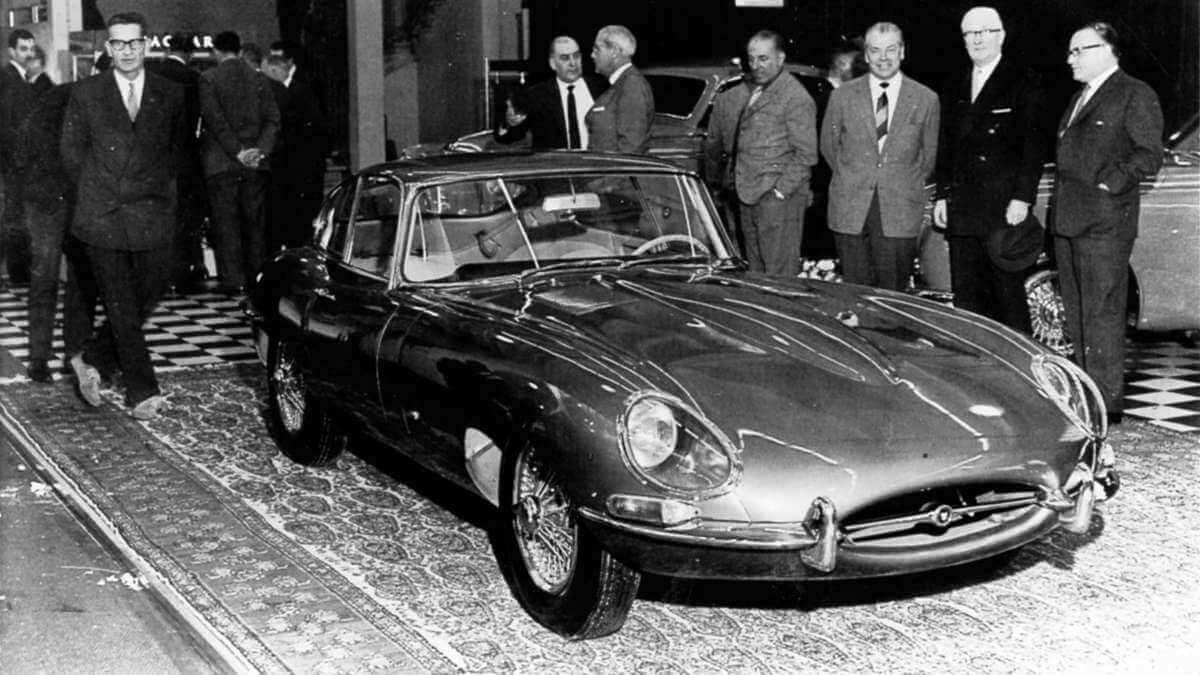

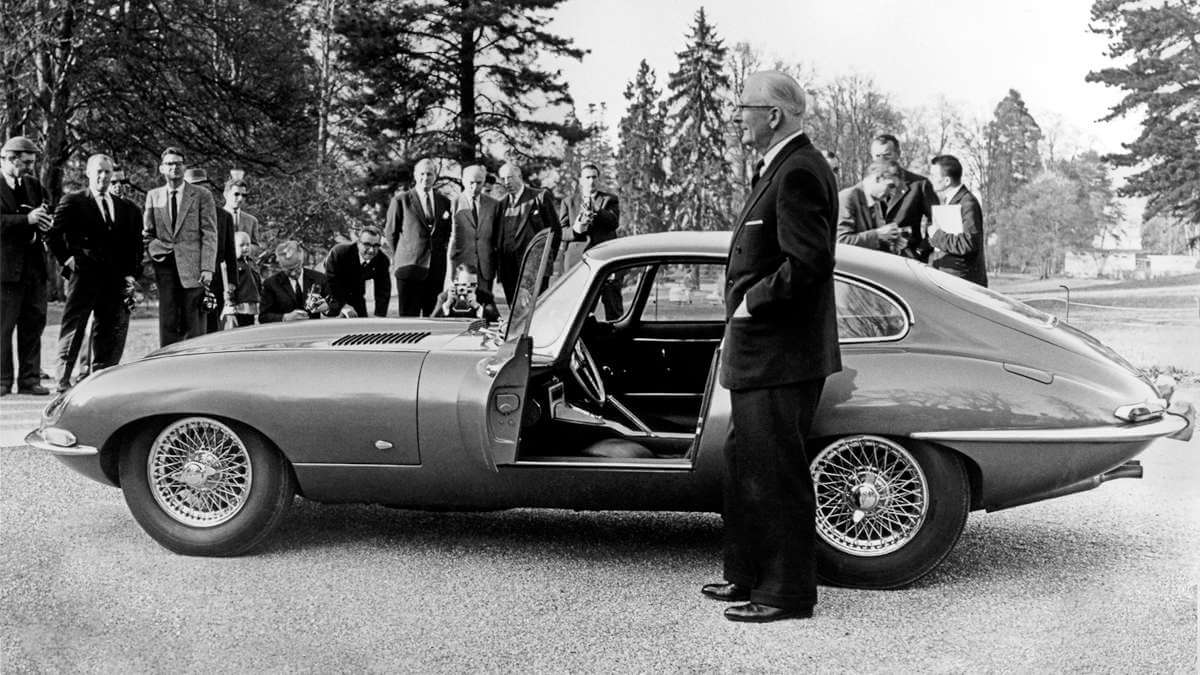

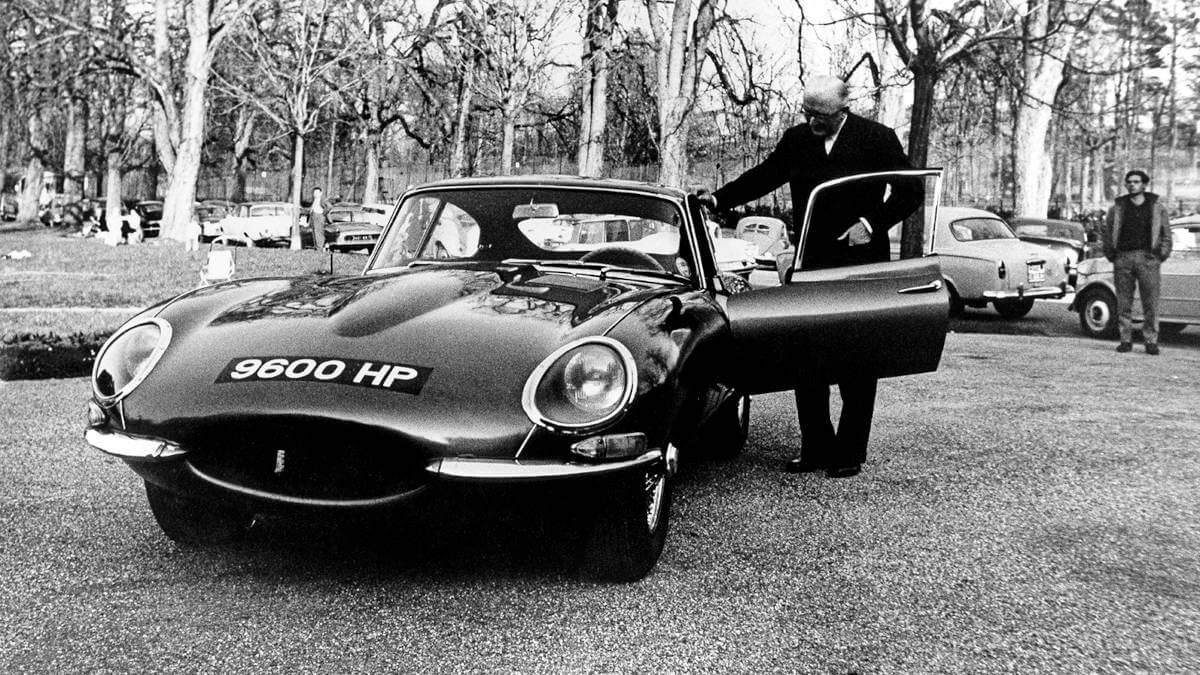

Series 1 debuted in Geneva in 1961
With the second prototype E2A, which visually corresponded more to the D-Type, Jaguar again took part in the 24 Hours of Le Mans in 1960 under nomination of the Briggs Cunningham team. There they retired after 89 laps with a blown head gasket. Subsequently, the Cunningham team scored a victory and a third-place finish in four races in the United States. Jaguar then used the car to test Dunlop’s “Maxaret” mechanical anti-lock braking system. Amazingly, this prototype escaped E1A’s fate and still exists today. So do the two pre-production cars that announced the production launch of the E-Type in Geneva in 1961. In addition to its beautiful looks, the E-Type captivated and continues to captivate with its technology. Series 1, which was available until September 1964, featured a 3.8-liter inline six-cylinder engine with 198 kW/270 hp and 353 Nm of torque from the XK150. Racing versions like the Lightweight had significantly more power.
Series 1.5 remained unofficial
However, there was a first modification before October 1964. Very early E-Types had a flat underbody, which led to an uncomfortable seating position for tall drivers. Jaguar changed the lower sheet metal trough-like due to the customer complaints and thereby received more comfort. An increase in displacement to 4.2 liters then resulted in torque rising to 384 Nm, while the horsepower figure remained the same. Combined with the fully synchronized four-speed transmission introduced at the same time, the E-Type was now a good deal faster than before. Next to the two-seater Coupé and Roadster, from 1966 Jaguar offered customers the 2+2 as a Coupé with a 23-centimeter longer wheelbase and longer roofline. For the first time, it was also available with a three-speed automatic transmission. In the following year, various small detail modifications were made, as a result of which the cars are referred to in retrospect as “Series 1.5” or “Series 1 ½” from this point on. For example, the popular clear glass covers over the headlights were missing from now on.
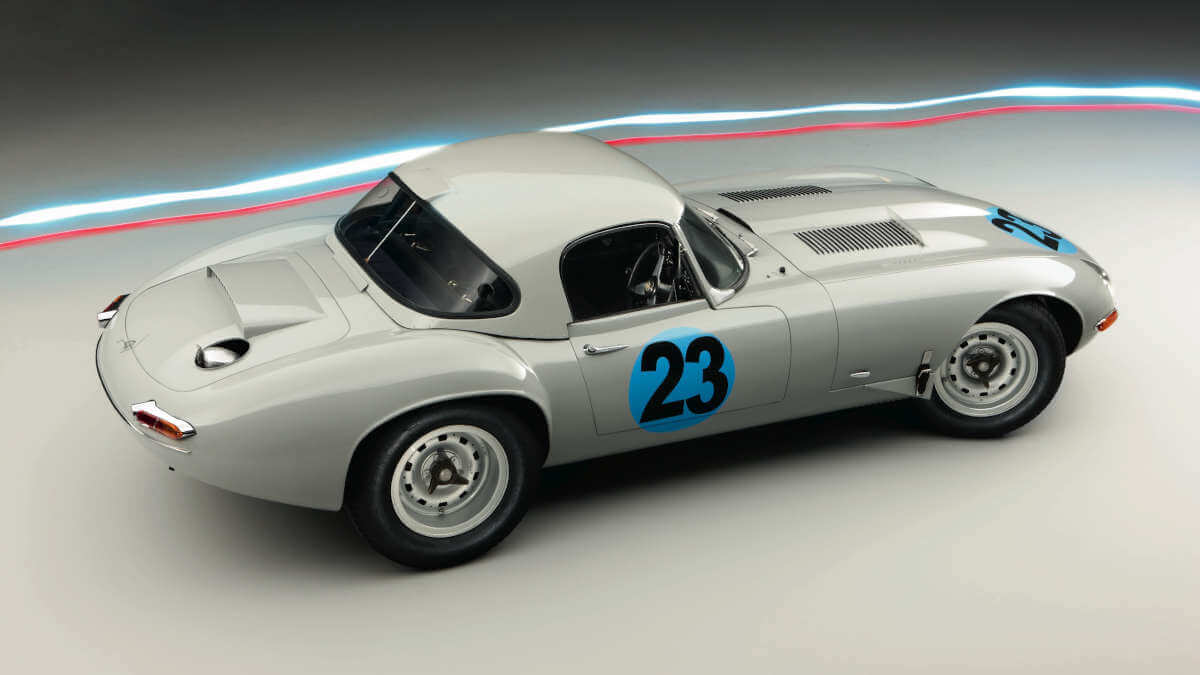

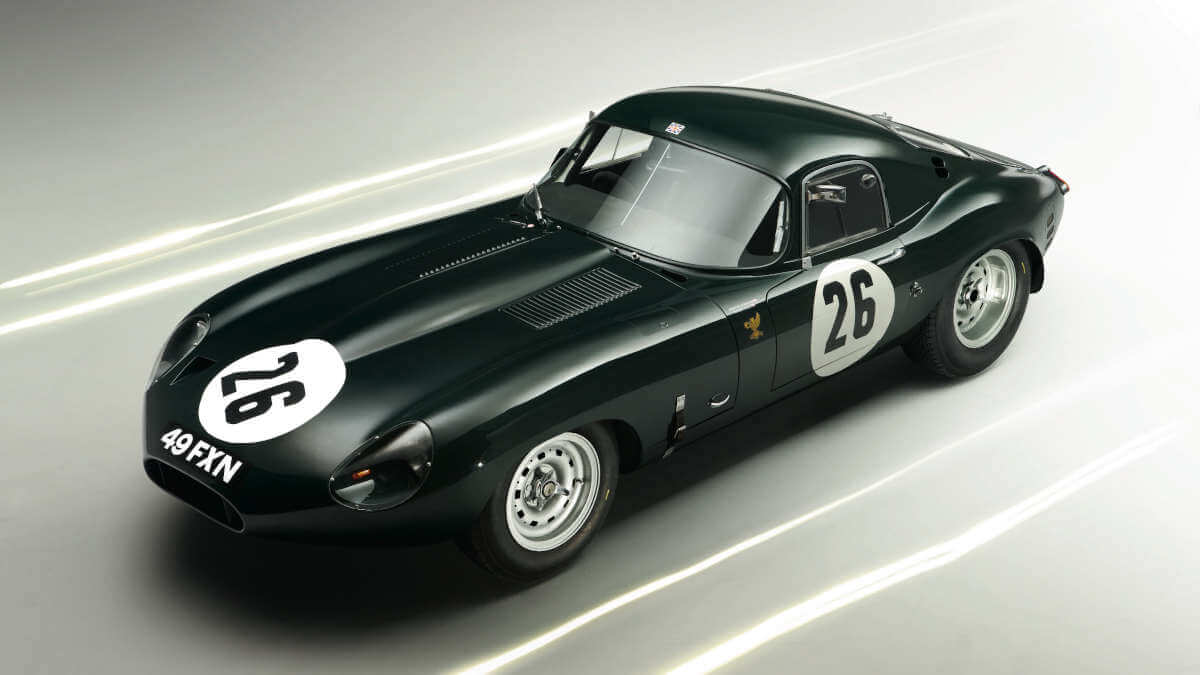

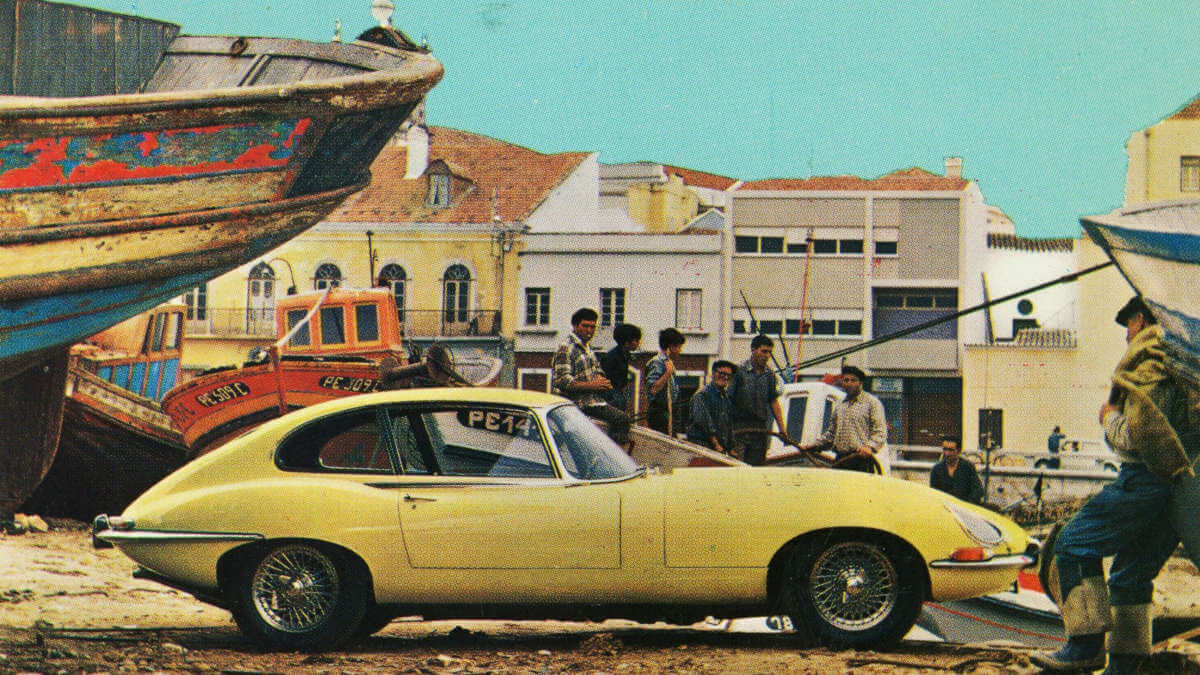

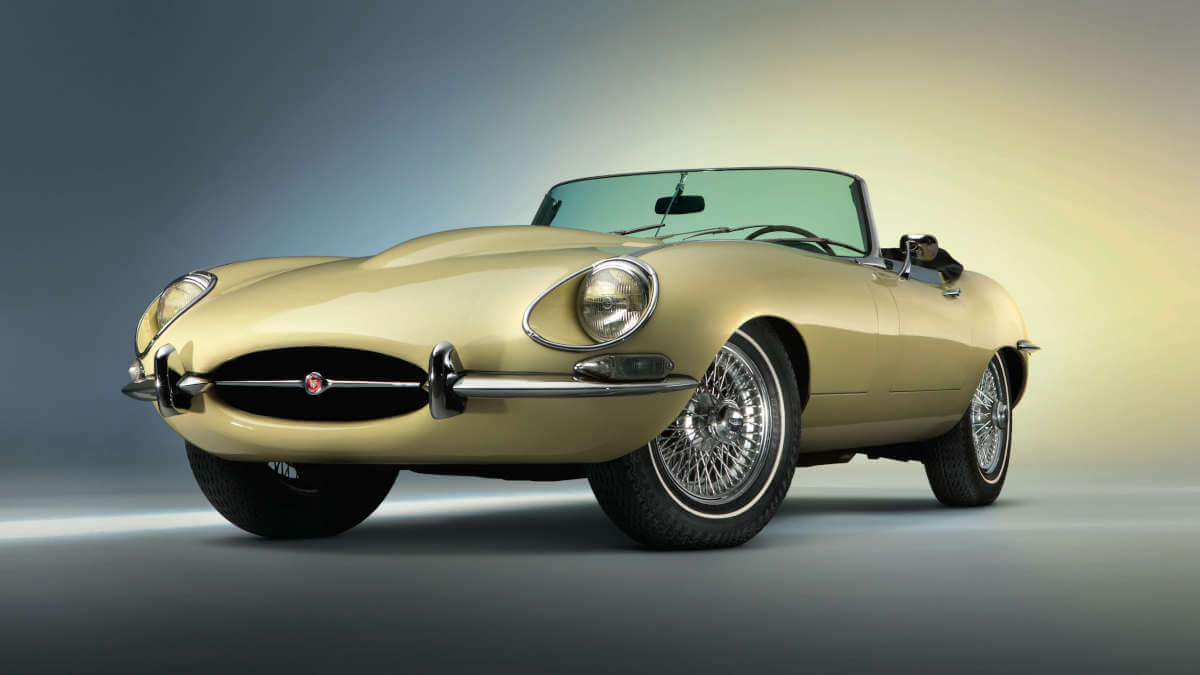

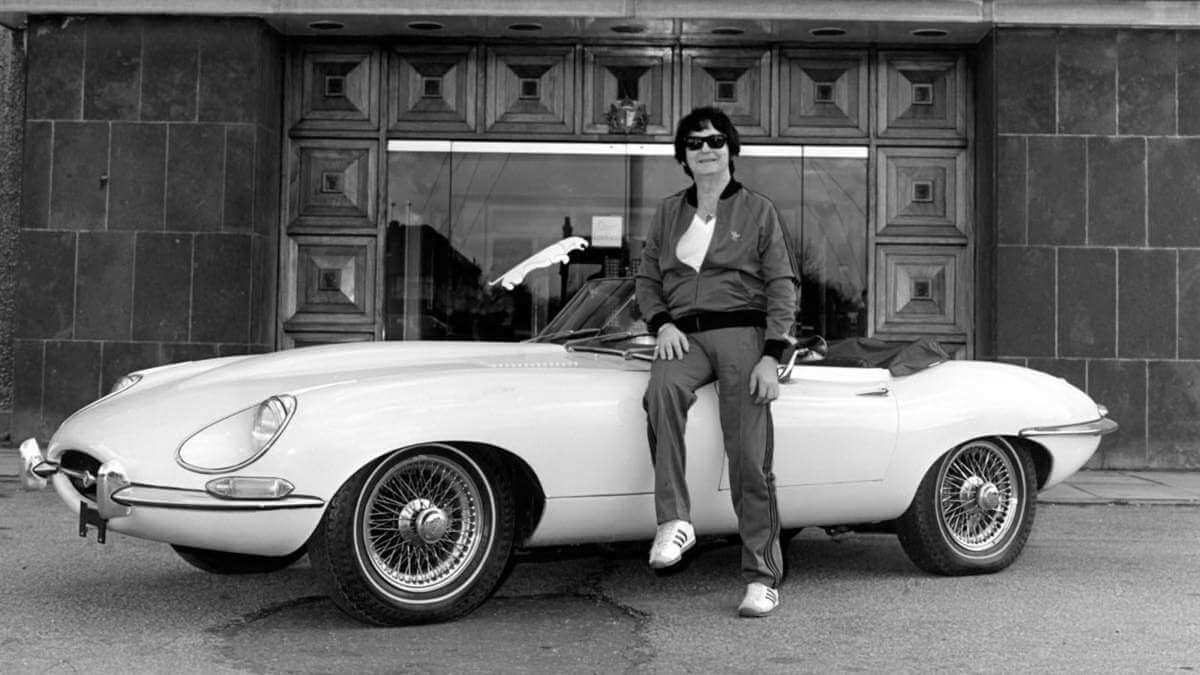

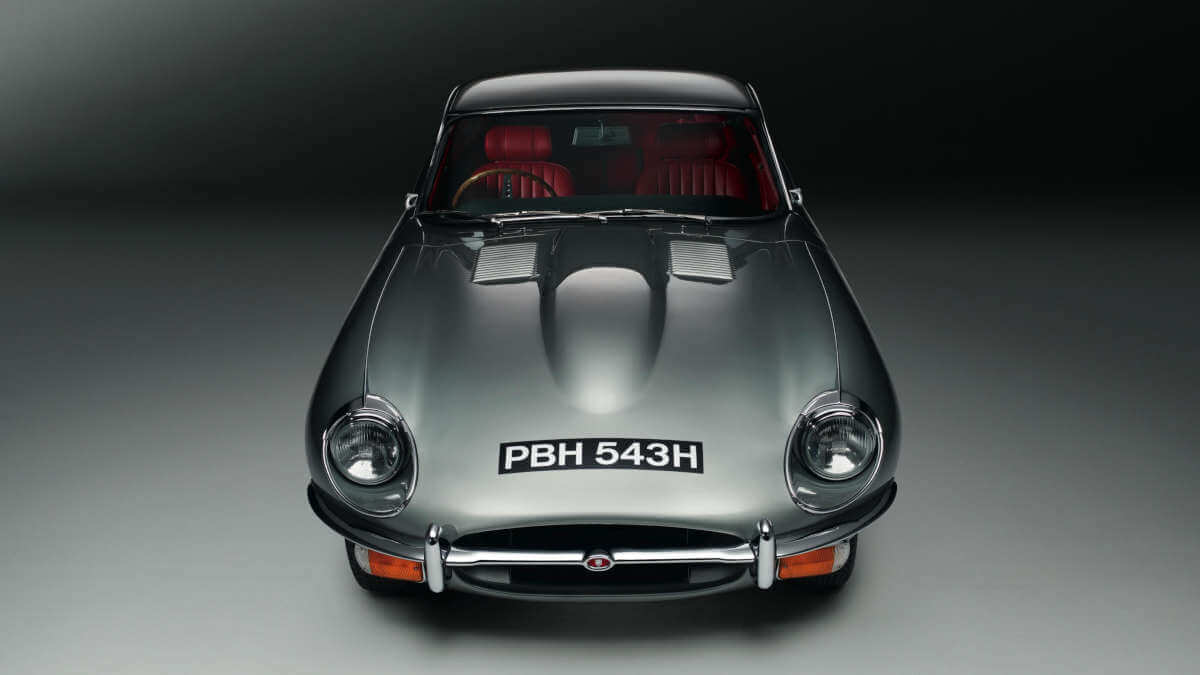

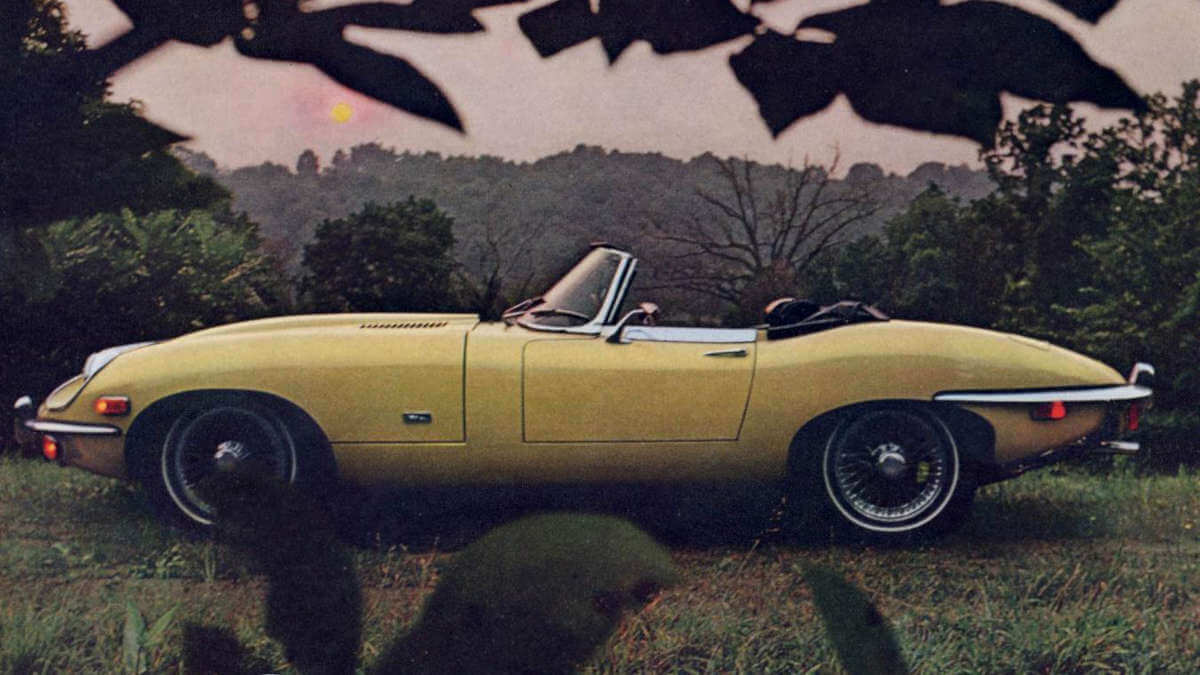

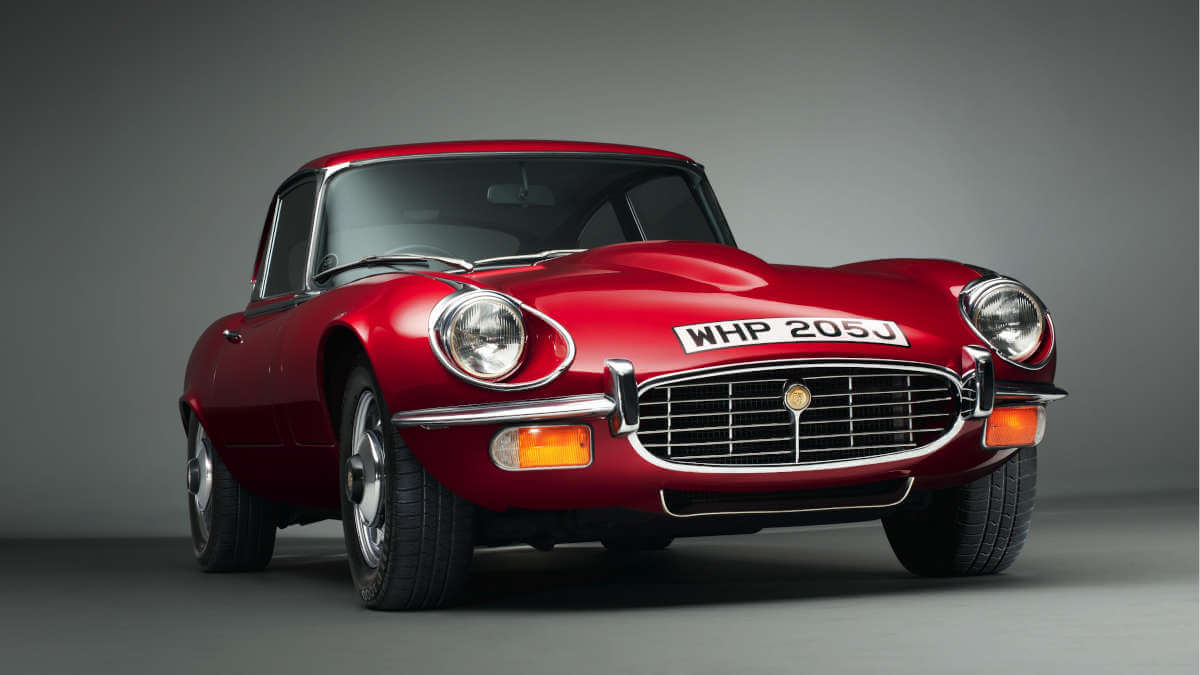

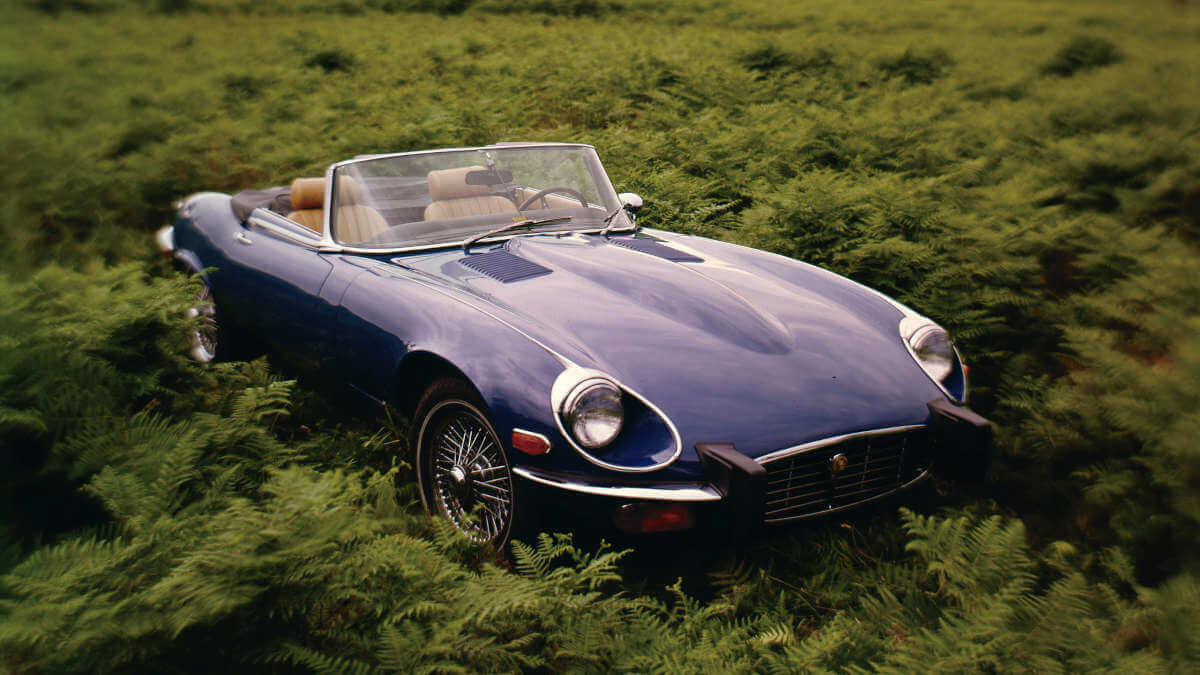

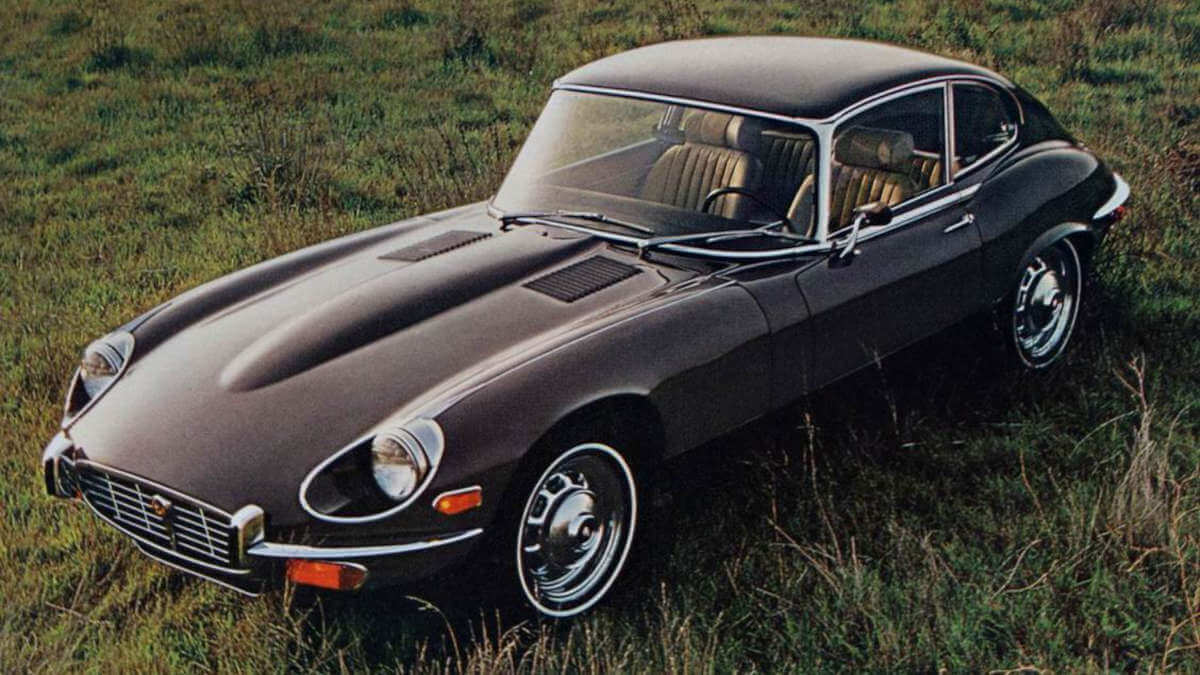

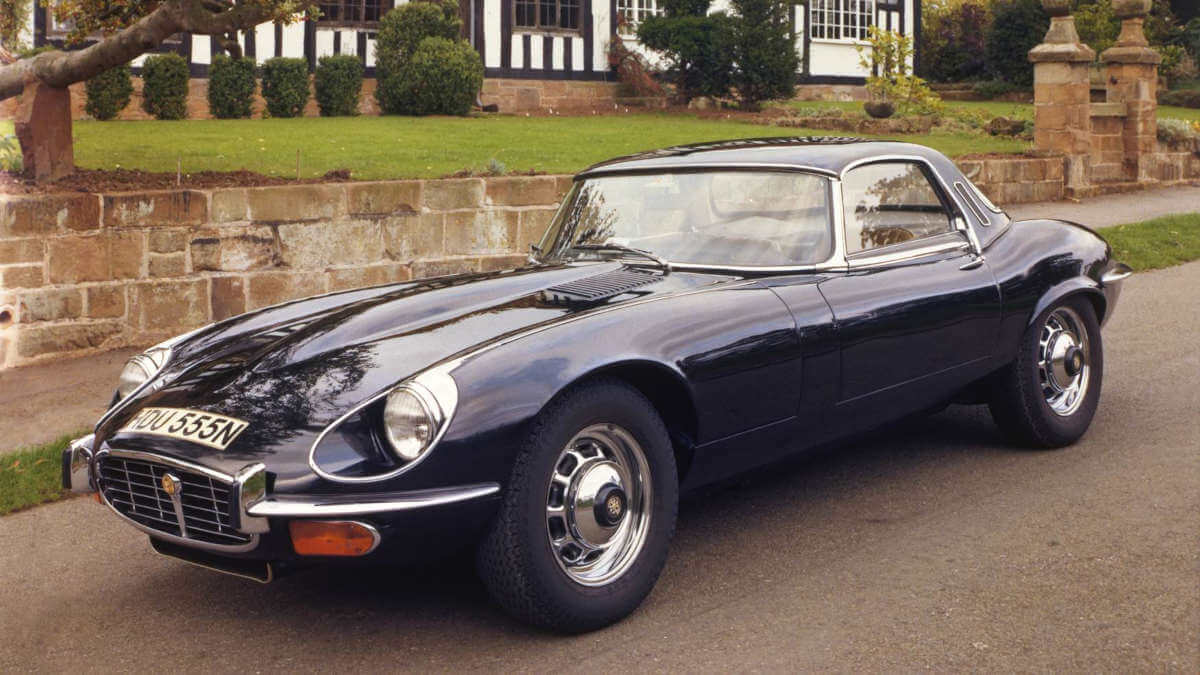

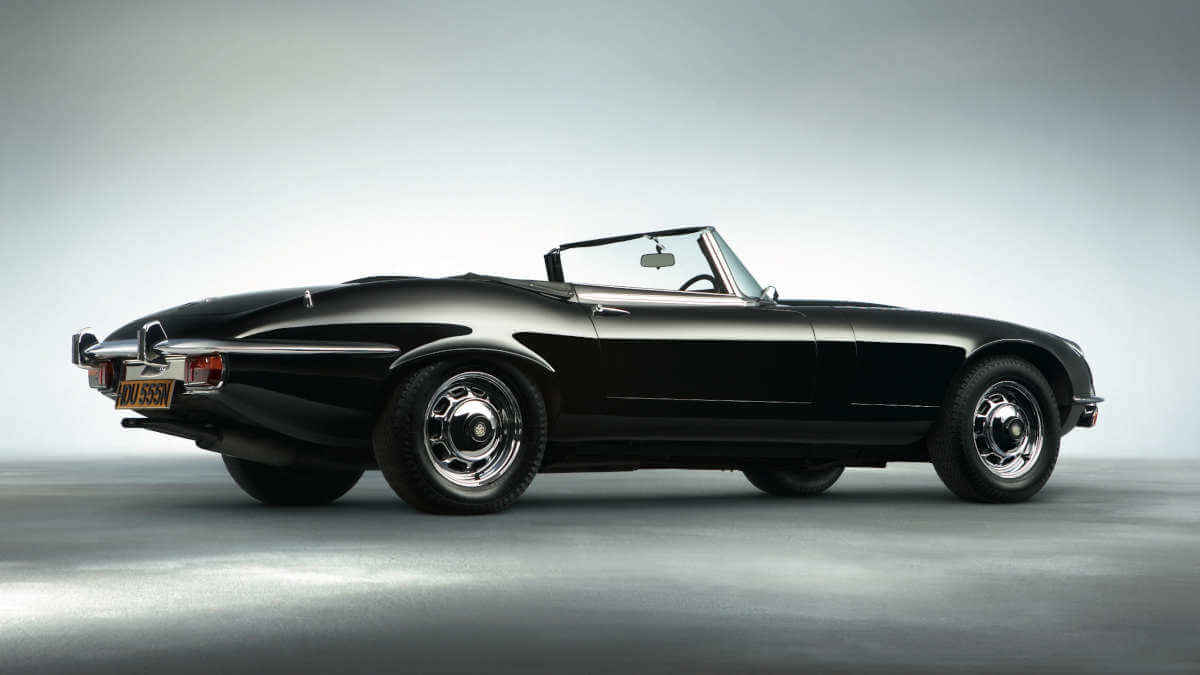

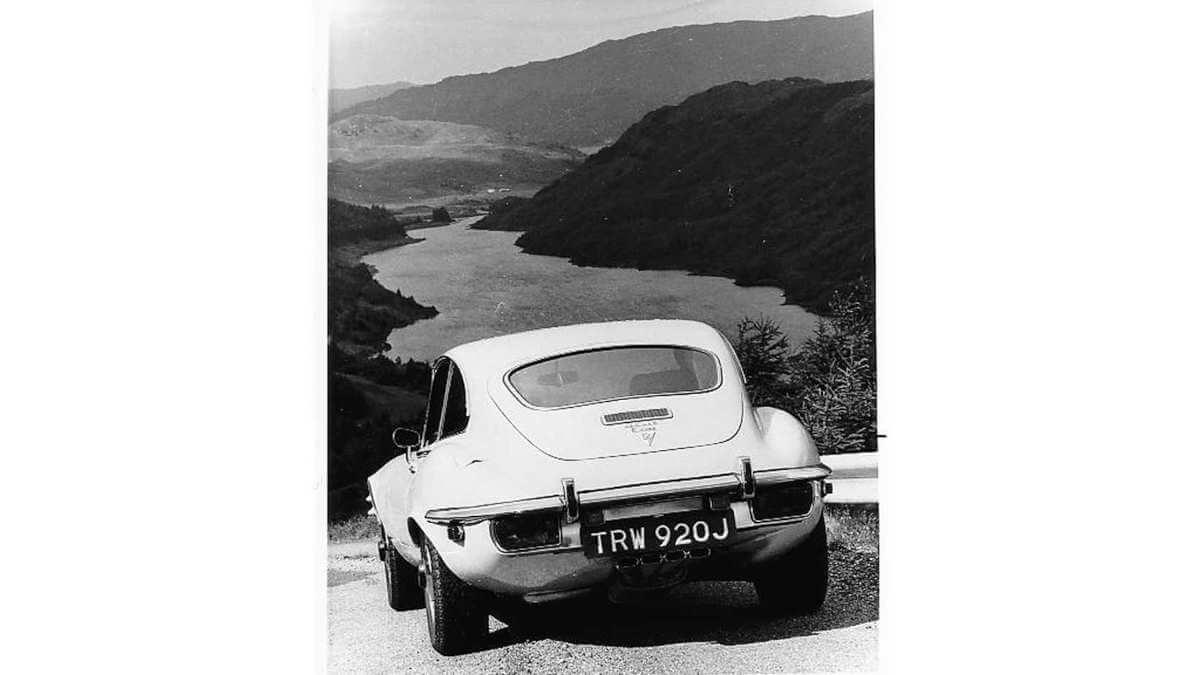

Series 2 with modifications for the US market
In addition, plastic toggle switches were used on the dashboard and two Zenith Stromberg carburetors were used in the engine bay instead of the usual three SU units. Already these changes in appearance, which were due to new registration regulations in the important US market, weren’t well received by the clientele. When Jaguar presented the Series 2 in 1968, after approximately 38,400 copies of the Series 1 and 1.5, a middle outcry went by the automotive scene. Once again stricter US regulations ensured that the headlights moved forward and the turn signals and taillights were each to be found beneath the new, undivided, chrome-plated bumpers. The change in carburetor configuration, which had already been completed on the Series 1.5, also dropped power to 250 hp. Despite comfort-enhancing options such as power steering and air conditioning, the Series 2 was unable to match the sales success of the original version. Depending on the source, between 13,400 and 18,800 units were built by 1971.
Series 3 with V12 engine
Despite the collapsing production figures, Jaguar decided to produce a Series 3 version of the E-Type. This was produced from 1971 with a newly developed 5.3-liter V12 engine under the huge hood. This compensated for the drop in performance of the Series 2, but made the car even more comfortable and less sporty. A choice of manual or automatic transmission was available for the power train. While the two-seater Coupé was finally dropped from the range, the wheelbase of the Convertible grew to that of the 2+2. The veritable sports car had finally become a boulevard cruiser. From the outside, the E-Type Series 3 is recognizable by its larger, cross-slated grille, flared wheel arches and four exhaust tailpipes below the rear license plate. Until September 1974, another 15,300 vehicles were built before the E-Type chapter came to an end. One reason for this was the oil crisis at that time. Nowadays, especially cars of the Series 1 are very much in demand.
Images: Jaguar



